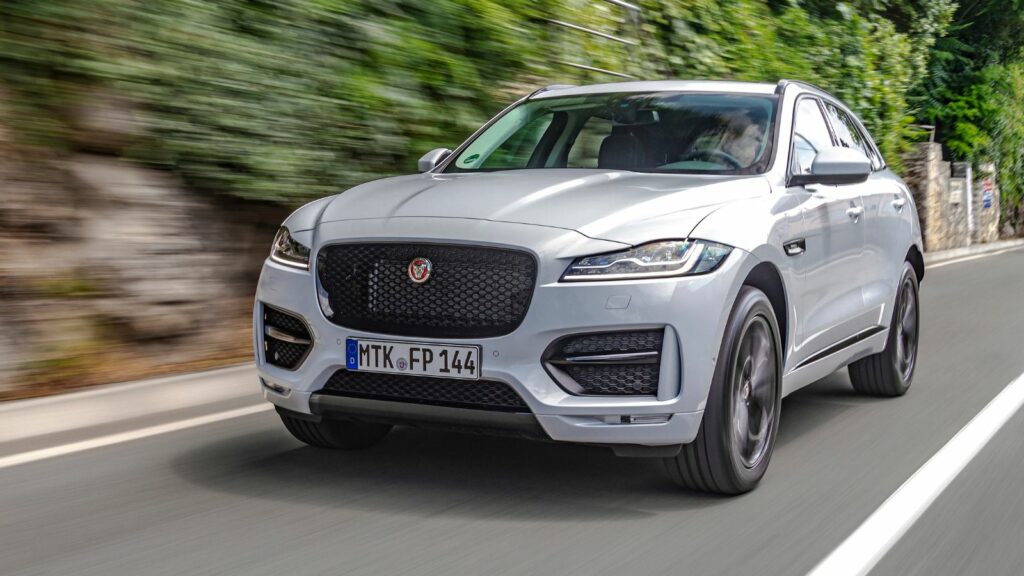Canada was supposed to be a prime market for electric vehicles, with vast landscapes, progressive consumers, and generous federal incentives. However, despite all that, some EVs are struggling to find buyers on dealership lots across the country, whether due to sky-high prices, questionable design, unreliable range estimates, or simply bad timing. Here are 22 electric vehicles that are failing to sell in Canadian dealerships:
Chevrolet Bolt EUV
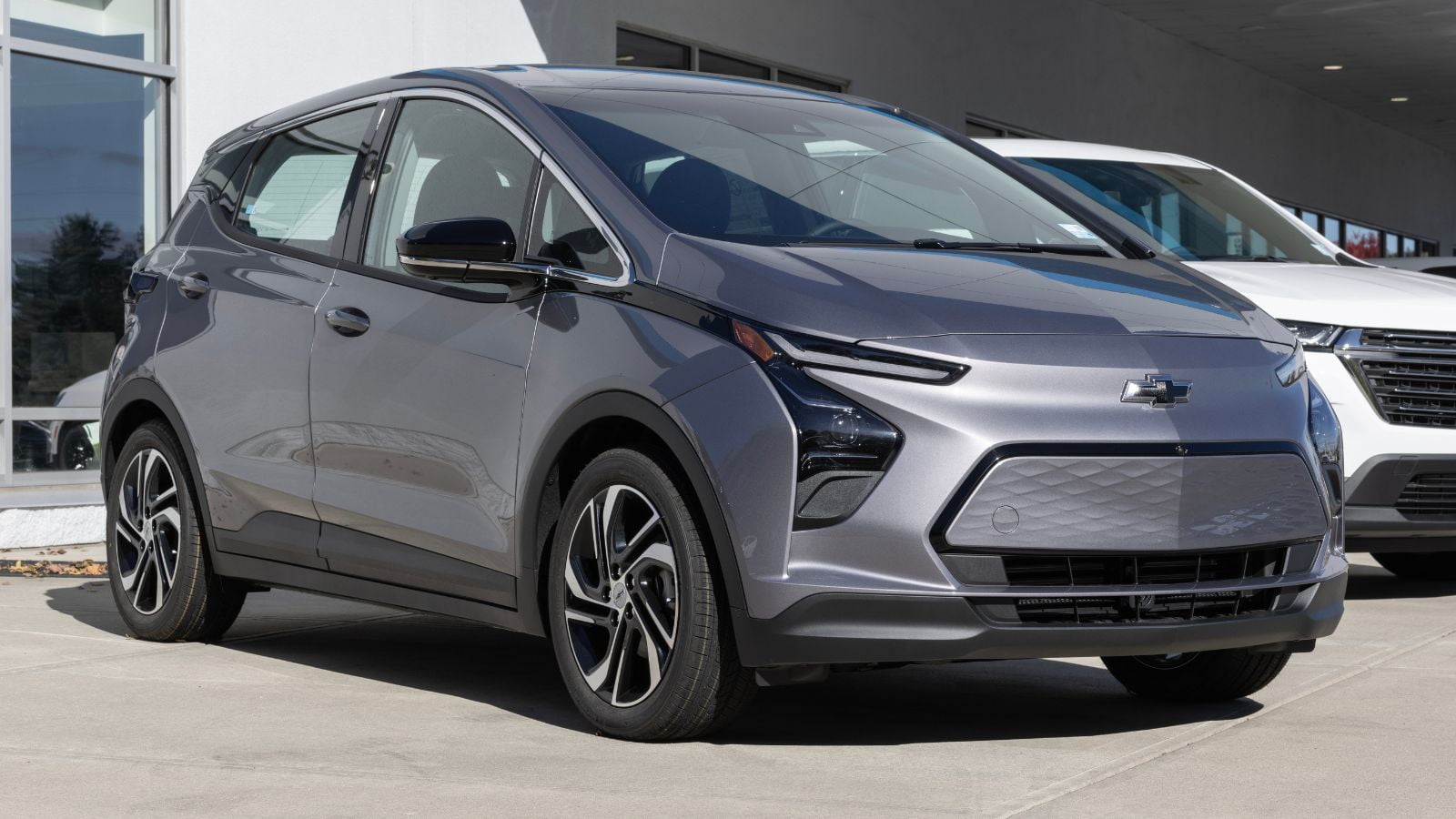
Despite GM’s early lead in the EV space, the Chevrolet Bolt EUV has not caught on with Canadian buyers. While it offers a decent range of up to 397 km and a reasonable price tag, it has been plagued by battery recall issues and a design that feels more like an economy car than an electric revolution. Many Canadians are opting for newer, more stylish competitors that offer faster charging and better technology. Even loyal Chevy drivers have been hesitant, especially with the uncertainty around GM’s EV strategy and the Bolt’s unclear long-term future.
Nissan Leaf
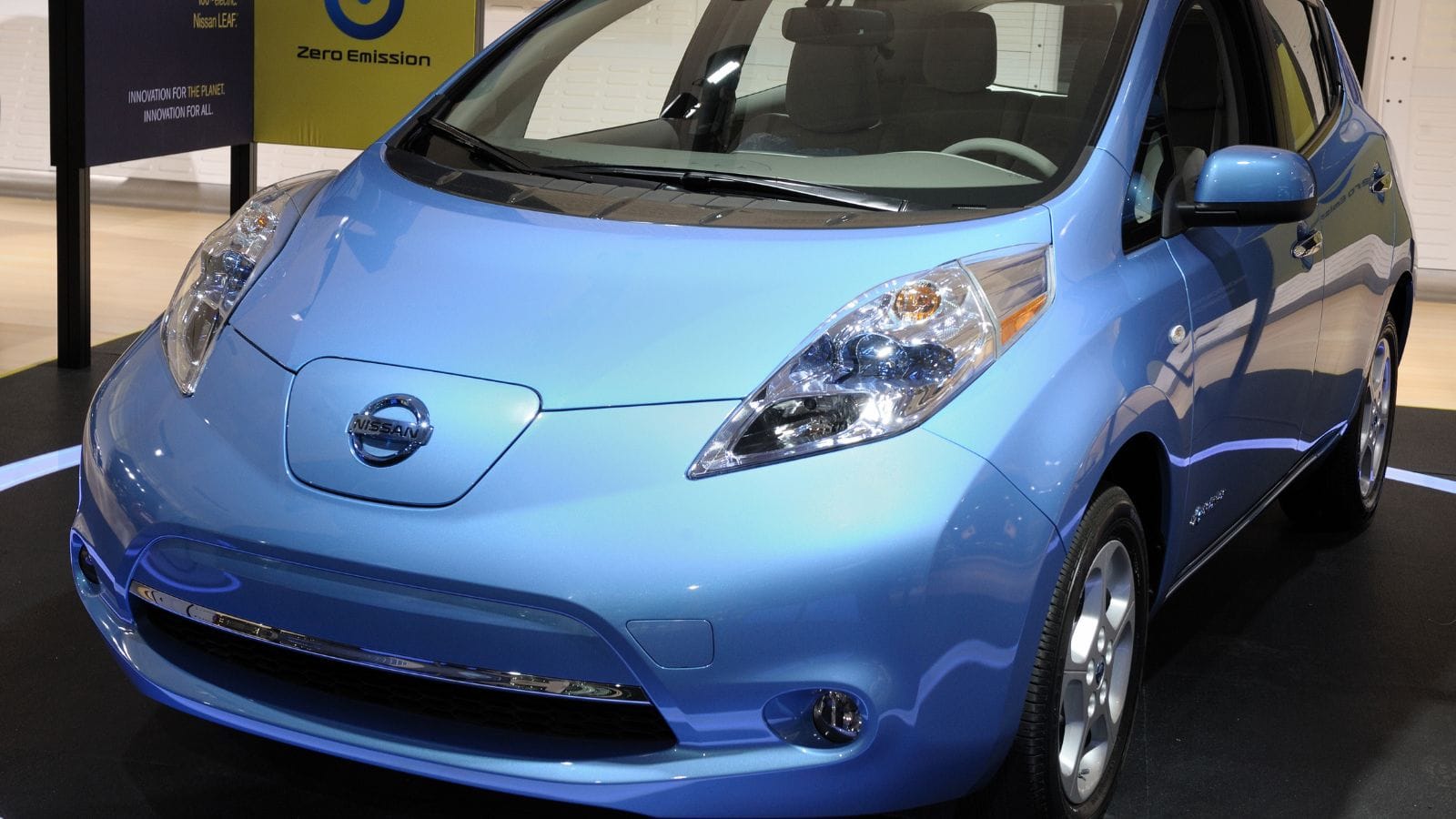
Once a pioneer in the electric segment, the Nissan Leaf is now struggling to stay relevant. With a maximum range of just over 340 km and no fast-charging capabilities on the base model, it simply cannot keep up with newer rivals. Its dated interior and lack of all-wheel drive don’t help either, especially in snowy Canadian cities. Despite hefty government incentives, Leafs are languishing on dealer lots, overshadowed by sleeker models like the Hyundai Ioniq 5 and Tesla Model 3.
Mazda MX-30
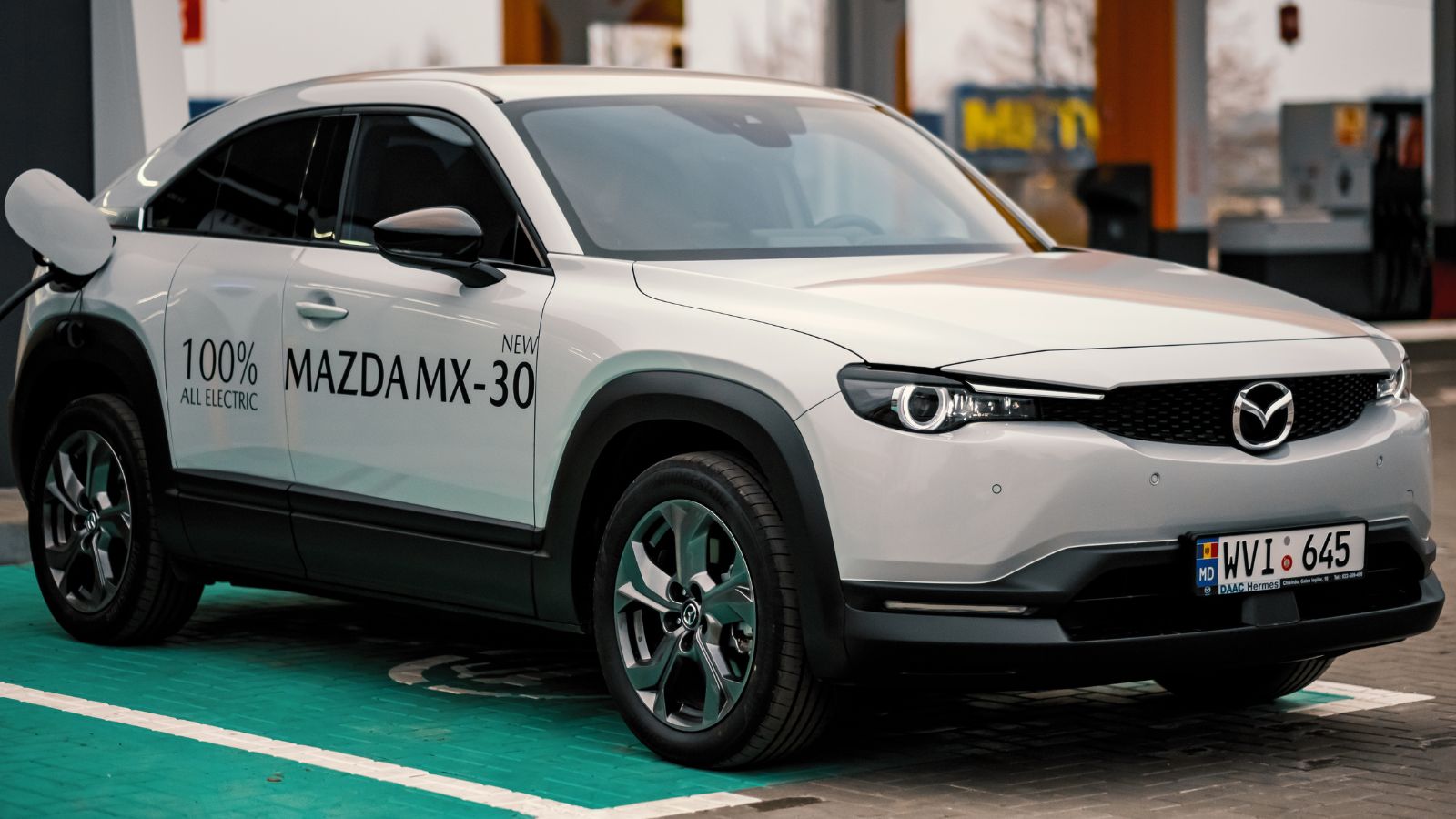
Mazda’s first foray into the EV world has not gone as planned in Canada. The MX-30’s meager 161 km range has been a dealbreaker for most Canadians, especially outside urban centers. Priced similarly to vehicles offering double the distance per charge, the MX-30 feels like an odd compromise with little upside. Critics have praised its handling and interior design. Still, buyers are not taking the bait, as even loyal Mazda fans are questioning why the company released an EV with such limited utility.
Volkswagen ID.4 (Early Models)
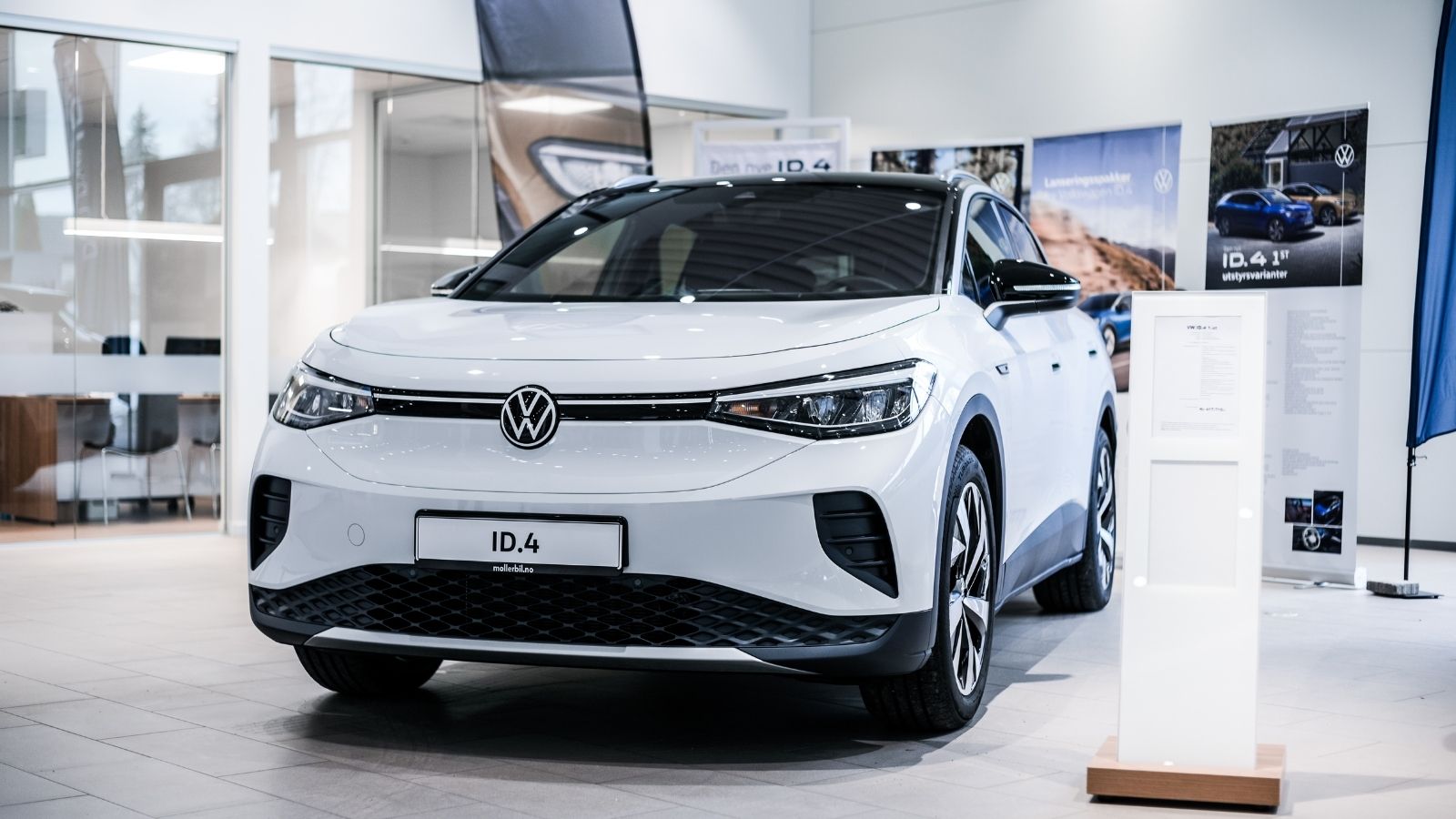
The ID.4 had plenty of hype, but early versions of this compact SUV failed to meet the expectations of many Canadian buyers. Software glitches, slow charging, and frustrating infotainment controls plagued initial deliveries. Buyers seeking a no-frills EV opted for more polished alternatives, such as the Tesla Model Y or Hyundai Ioniq 5. Sales are slowly recovering, but the ID.4 still has a reputation to overcome, especially in rural areas where service infrastructure is limited and brand trust takes time to rebuild.
Mini Cooper SE

Quirky, compact, and undeniably charming, the Mini Cooper SE should’ve been a hit, especially in urban Canadian markets. But its limited 183 km range has kept most buyers away, and for nearly $50,000 fully loaded, Canadians expect more than city-only performance. It is fun to drive, but fun doesn’t cut it when snow hits or weekend getaways are out of reach. Even Mini’s strongest fans have been reluctant to trade gas for such constrained electric mobility.
Hyundai Kona Electric (2023 Model)
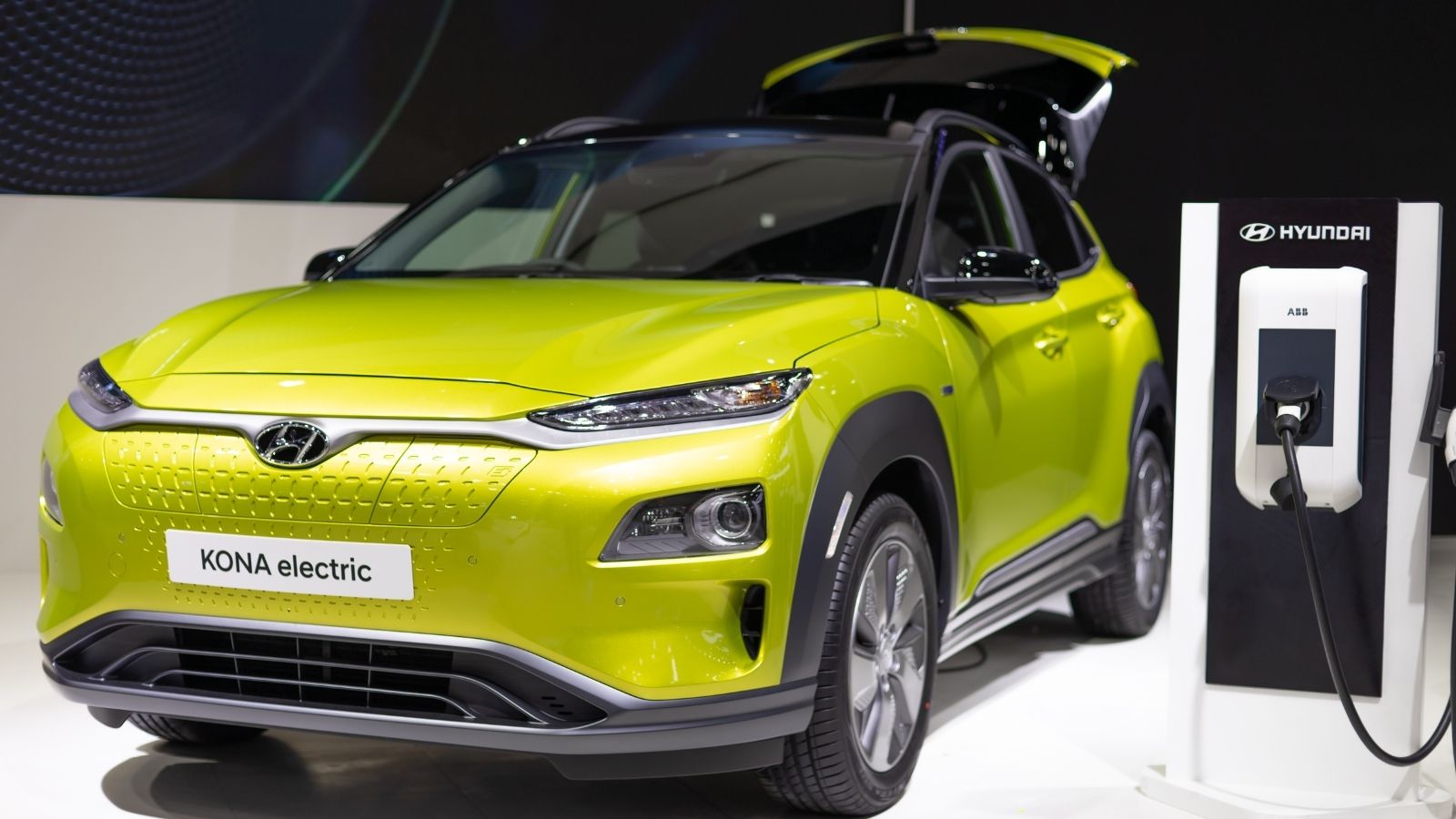
While the Kona Electric initially made waves in Canada, demand has cooled significantly, especially for the pre-2024 models. Despite offering a respectable 415 km range, the interior design and infotainment system lag behind those of newer competitors, while supply chain issues and long delivery delays have also frustrated early buyers. In provinces like Alberta and Saskatchewan, where charging networks are still patchy, the Kona Electric is seen as more trouble than it is worth. Even Hyundai loyalists are waiting for newer models like the Ioniq 5.
Ford Mustang Mach-E (Lower Trims)
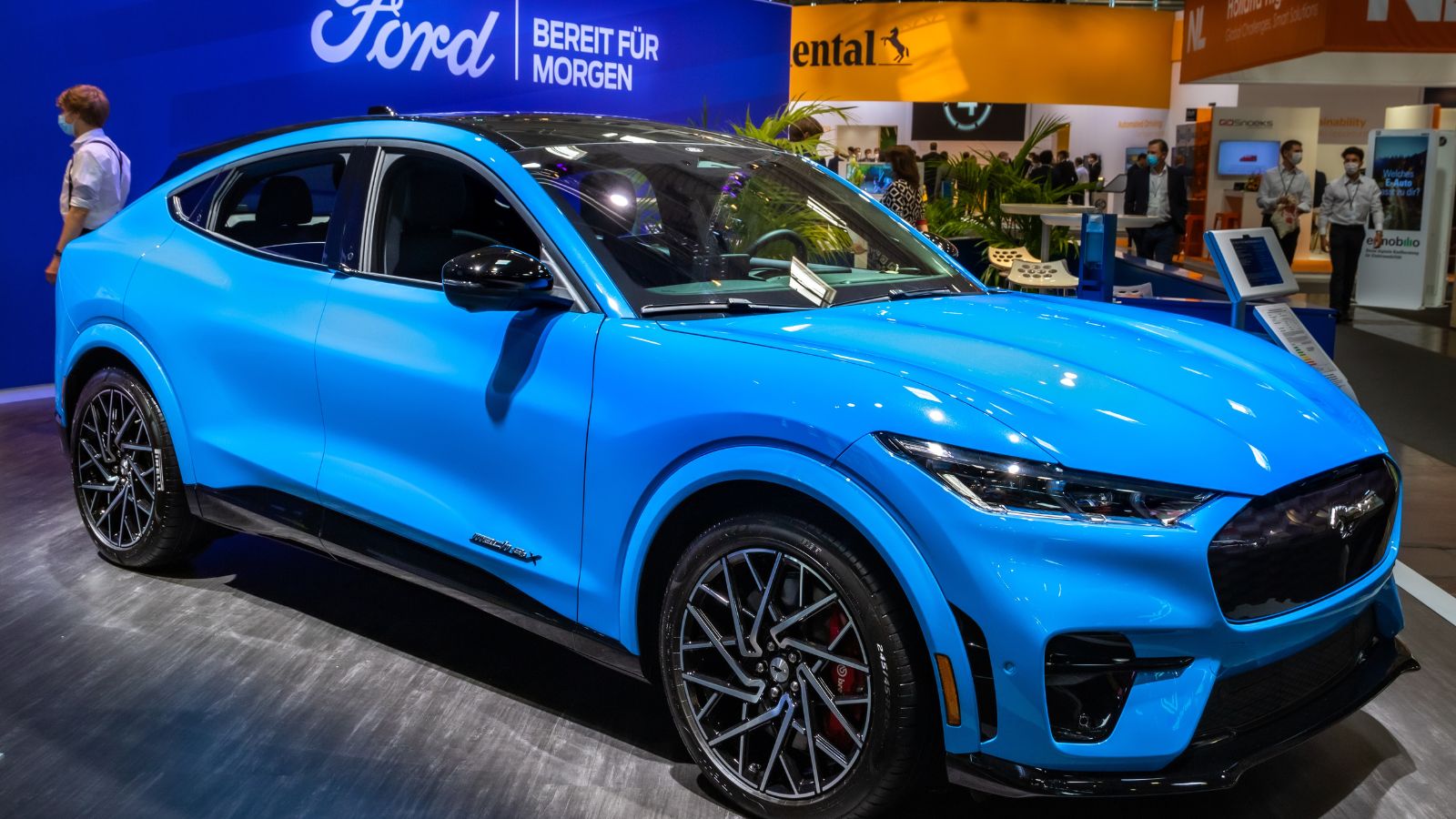
The Mustang Mach-E launched with plenty of hype, but not all trims have lived up to expectations. In Canada, lower-trim versions, especially the rear-wheel-drive models, are struggling to attract buyers. With winter performance concerns and limited towing capacity, rural drivers, in particular, are opting for the base versions entirely. Factor in rising prices and competition from Tesla and Hyundai, and the Mach-E is facing an uphill battle. Many Canadians feel it’s neither an actual Mustang nor a practical SUV.
Toyota bZ4X
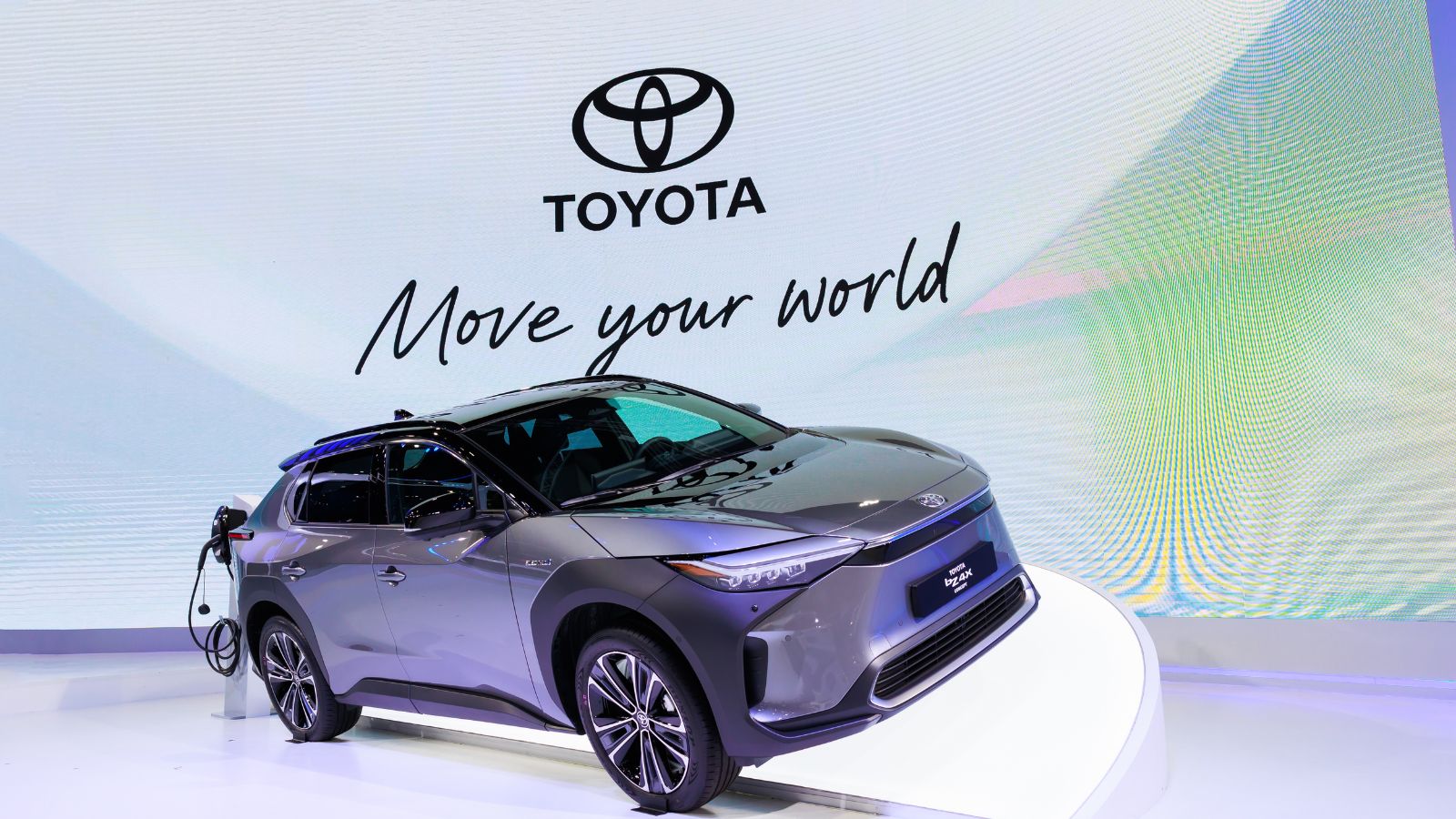
Toyota’s long-awaited entry into the EV market with the bZ4X has been a rare misfire for a brand known for reliability. Plagued by early recalls, particularly for wheels that risked detaching, the model’s rollout in Canada stumbled badly. The range of up to 406 km with AWD is respectable, but buyers remain wary due to limited availability and unremarkable charging speeds. Even Toyota’s loyal base is hesitating, with many sticking to hybrid options like the RAV4 Prime instead.
Kia Soul EV
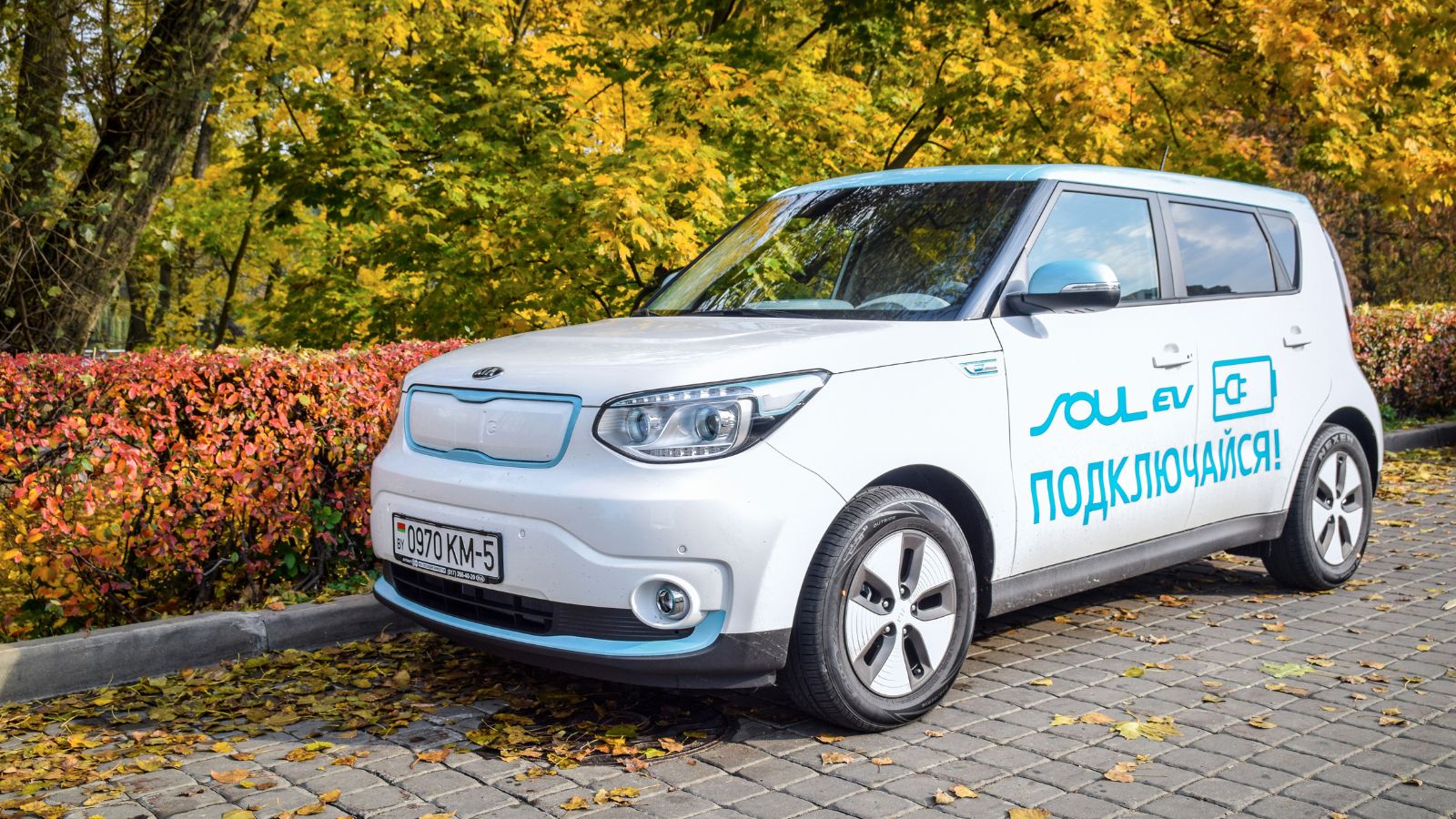
The Kia Soul EV once had a loyal following, thanks to its affordability and distinctive boxy charm, but newer rivals have surpassed it. Its range of up to 383 km is not terrible, but at nearly $50,000 for the top trim, buyers expect more sophistication and style. Worse, availability has been inconsistent across Canadian provinces, making it challenging even to find one on dealer lots. With Kia focusing on flashier models like the EV6, the Soul EV has quietly faded into the background.
BMW i3 (Used Models)
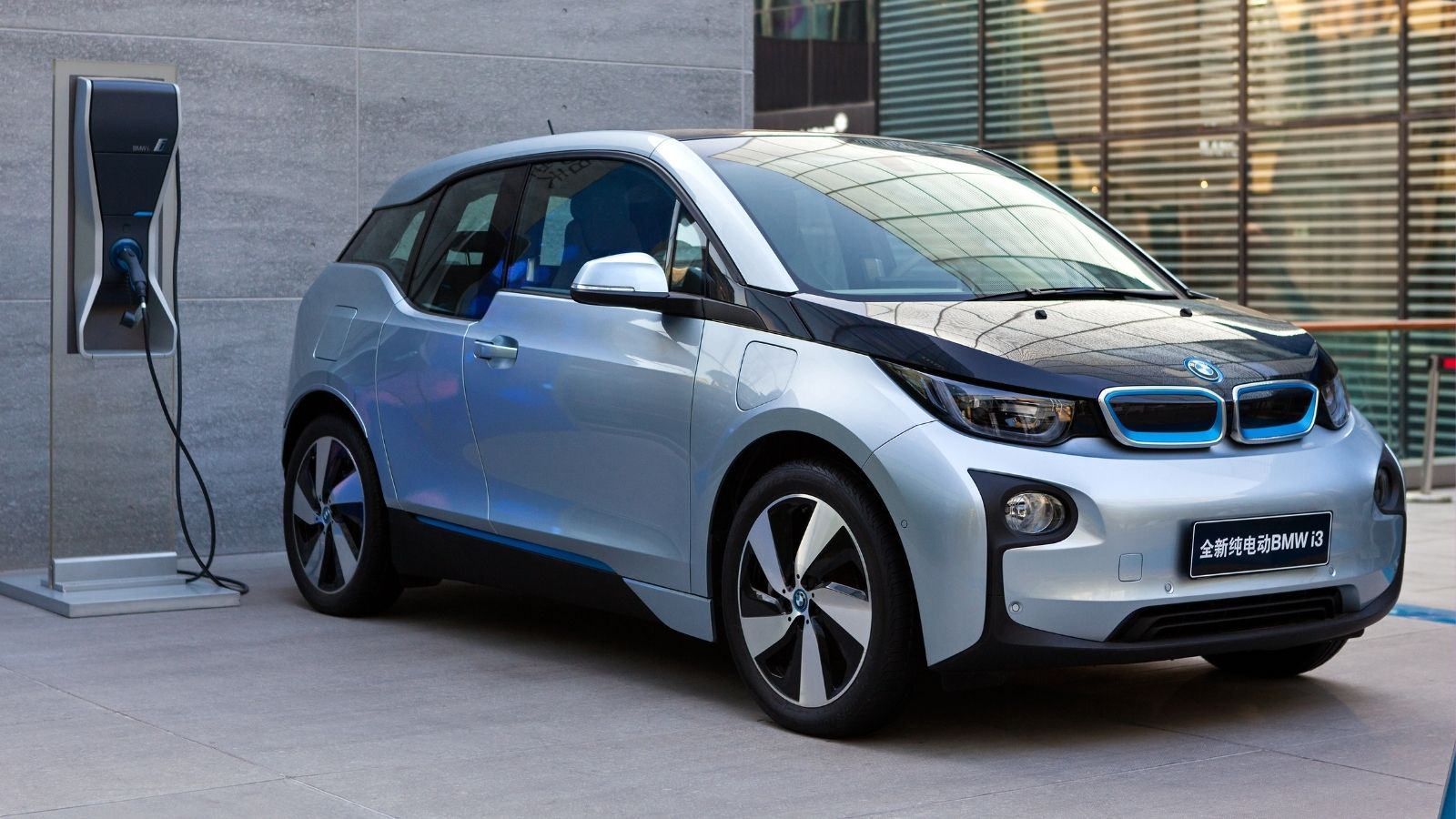
Although no longer in production, the BMW i3 still lingers in used car inventories, and buyers aren’t exactly lining up. With its quirky design, cramped interior, and limited winter driving range of under 200 km in cold weather, the i3 falls short of modern EV expectations. In Canada, where space, traction, and range are crucial, this BMW falls short on all fronts. While it may have once been seen as cutting-edge, today it feels more like an expensive novelty.
Chevrolet Blazer EV

The Chevrolet Blazer EV arrived with aggressive styling and high expectations, but Canadian sales haven’t followed. With pricing starting around $65,000, many shoppers feel it doesn’t offer enough to justify the cost, especially compared to competitors like the Tesla Model Y or Hyundai Ioniq 5. Build quality issues and a troubled software rollout in early models dented consumer confidence. While its 515 km range on the RS AWD variant is respectable, supply issues and a lack of charging infrastructure outside major urban centers have limited its appeal.
Polestar 2 (Base Model)
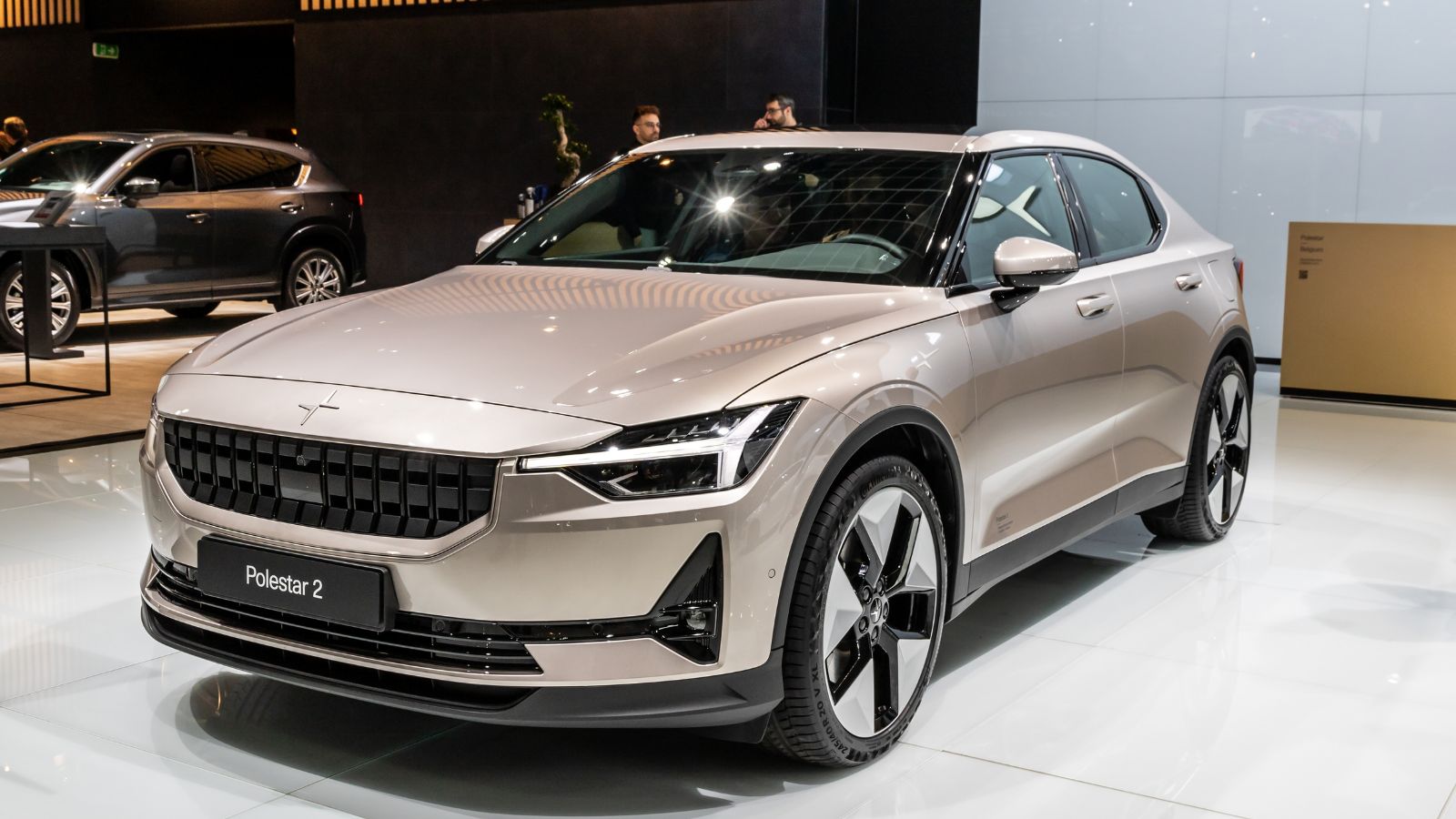
While the Polestar 2 earns praise for its design and Volvo-backed safety features, the base model has not caught on in Canada. With a starting price of nearly $55,000 and only rear-wheel drive, it lacks the performance and range advantages over competitors like the Tesla Model 3 or Hyundai Ioniq 6. In winter climates, the RWD layout is an instant red flag, and even in cities with strong EV infrastructure, Canadian buyers have been hesitant to embrace a premium EV that’s still relatively unknown.
Audi Q4 e-tron
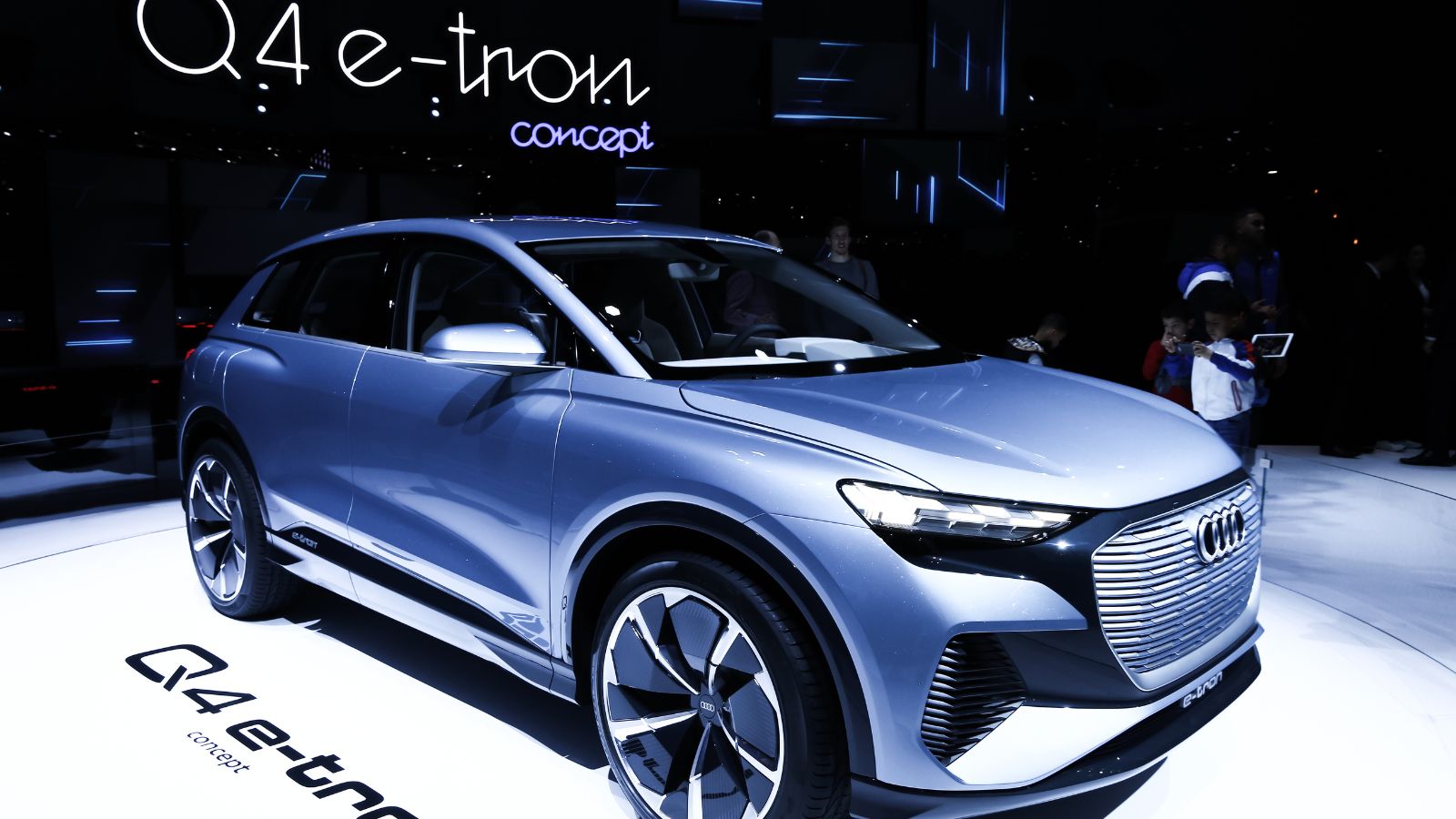
Audi’s compact electric SUV had high expectations, but Canadian buyers aren’t entirely convinced. Starting at around $65,000, the Q4 e-tron offers less range than similarly priced rivals, with just 388 km, and a frustrating infotainment system that lacks the polish expected from a luxury brand. Range anxiety is compounded by a lack of high-speed charging infrastructure in many provinces, while optional features quickly drive up the price. With Tesla’s Model Y offering better range, performance, and technology for less, many Canadians are opting for the Model Y over Audi’s entry-level EV.
Jaguar I-PACE
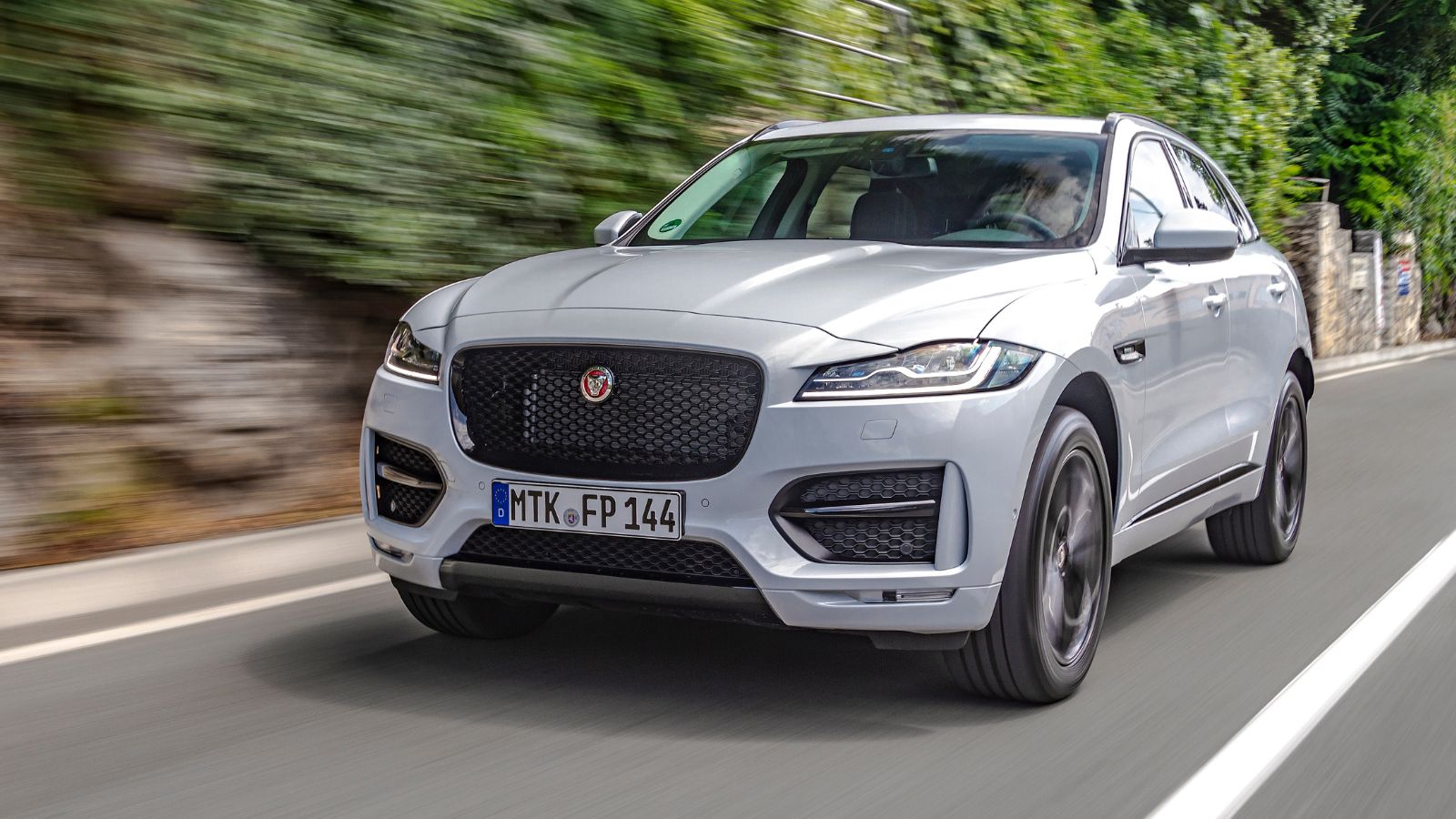
The Jaguar I-PACE started strong in Canada but has since experienced a significant decline. Despite its sleek design and sporty handling, Canadians are hesitant to spend over $100,000 on an electric SUV with a range of just 377 km. Reliability concerns and outdated infotainment haven’t helped, and it doesn’t offer enough space or winter-specific advantages for rural or suburban families. With luxury EV competitors like the Rivian R1S, Mercedes EQE SUV, and BMW iX entering the market, the I-PACE is struggling to stay relevant, as many consider it not to be worth the premium price.
Volkswagen ID.7
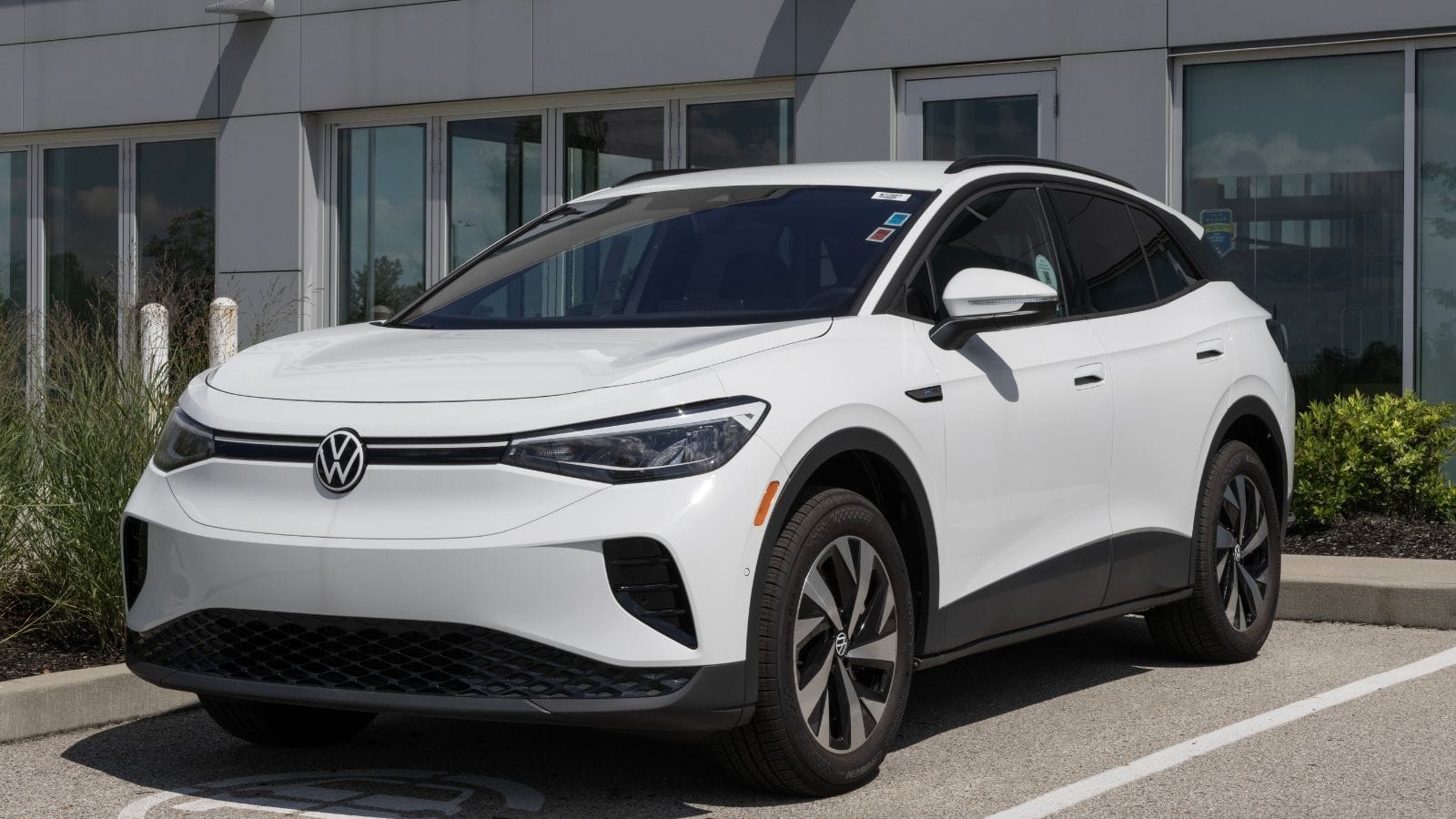
Volkswagen’s all-electric sedan, the ID.7, brings long range and comfort, but its late arrival and high price tag have slowed Canadian adoption. Starting at around $60,000, it competes with the Tesla Model 3 and the Hyundai Ioniq 6, both of which already have more substantial brand equity in the EV space. The ID.7’s large footprint also makes it less attractive in cities like Toronto and Vancouver, where parking space is at a premium. While the car offers over 500 km of range and a refined interior, Canadian buyers have yet to adopt it in large numbers, leaving many units unsold on dealer lots.
Lucid Air
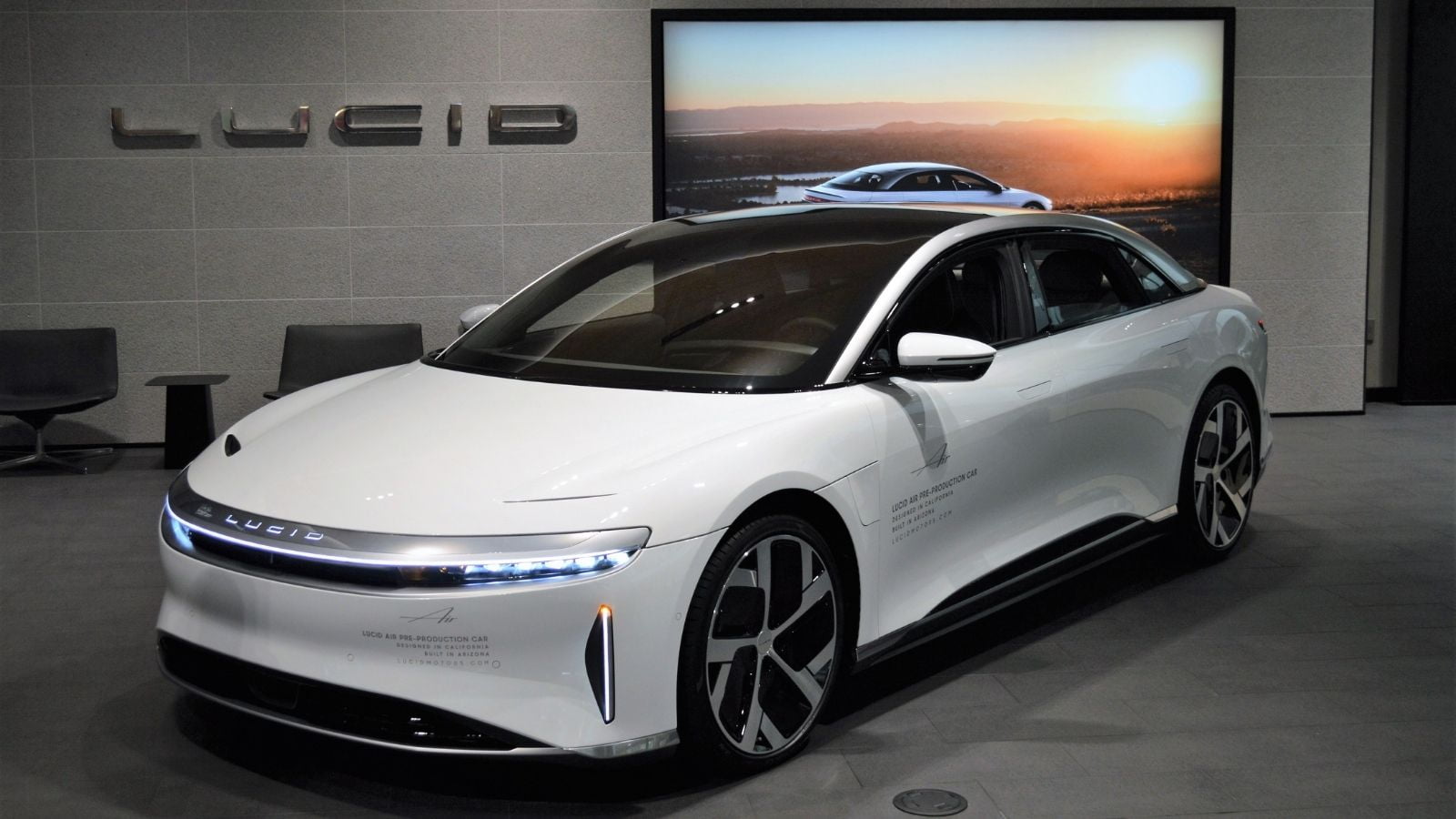
The Lucid Air is a technological marvel with mind-blowing range and performance, but in Canada, it is more of a showroom ornament than a real contender. With models starting around $100,000, it is priced far beyond what most Canadian EV buyers are willing to pay. Lucid’s limited retail presence in Canada also raises concerns about servicing and support for prospective owners, and while enthusiasts appreciate its engineering and aesthetics, the car has yet to gain mainstream traction north of the border.
Subaru Solterra
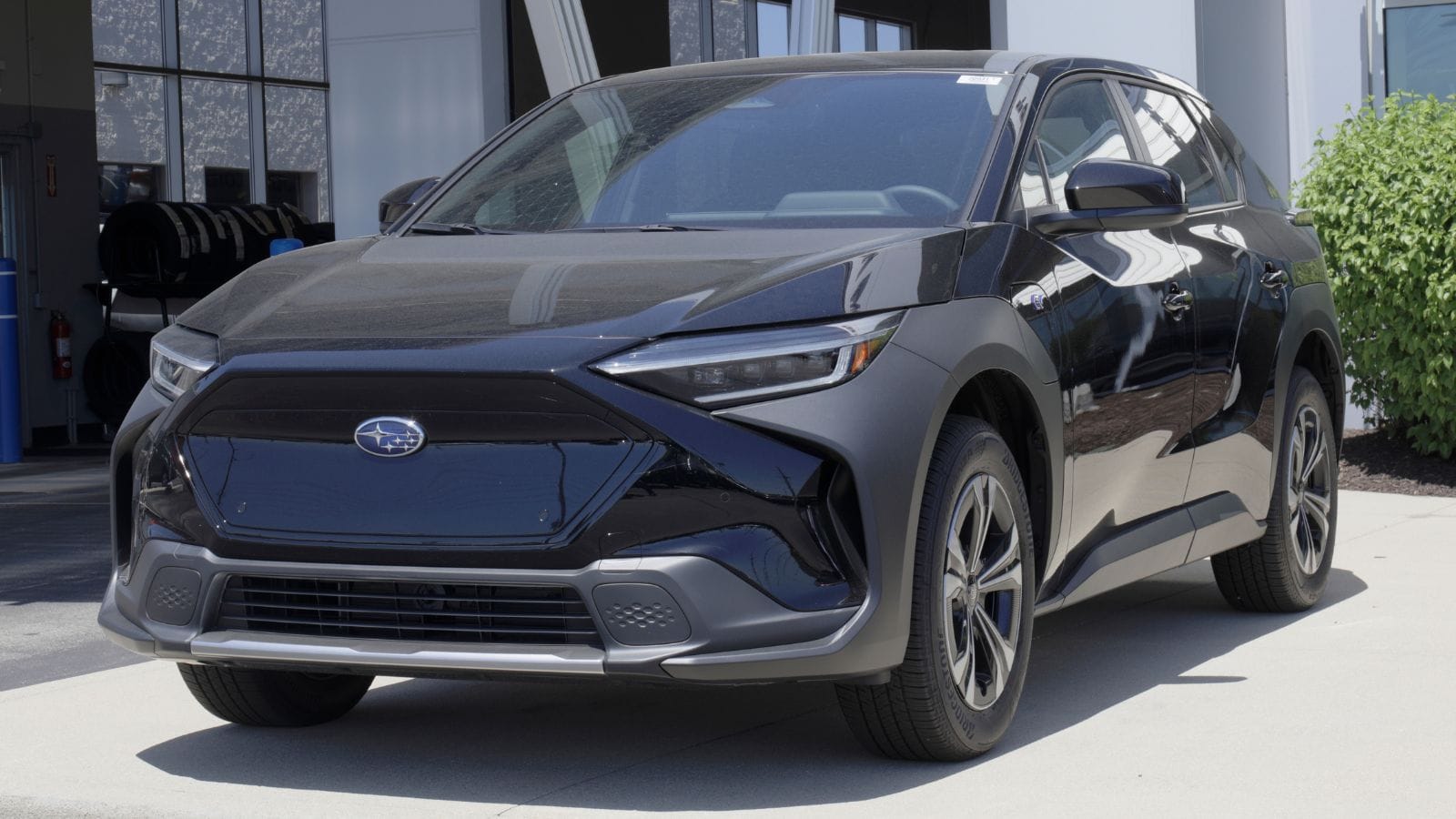
The Subaru Solterra, essentially a twin to the Toyota bZ4X, faces similar struggles. Built on the same platform, it inherits the same range limitations, slow charging speeds, and awkward styling. Subaru’s reputation for rugged, adventure-ready vehicles doesn’t fully translate here, as the Solterra lacks towing capacity and is not suited for backcountry excursions, which are two things many rural Canadians prioritize. While AWD is standard, it doesn’t do enough to make up for the underwhelming battery performance.
Ford E-Transit
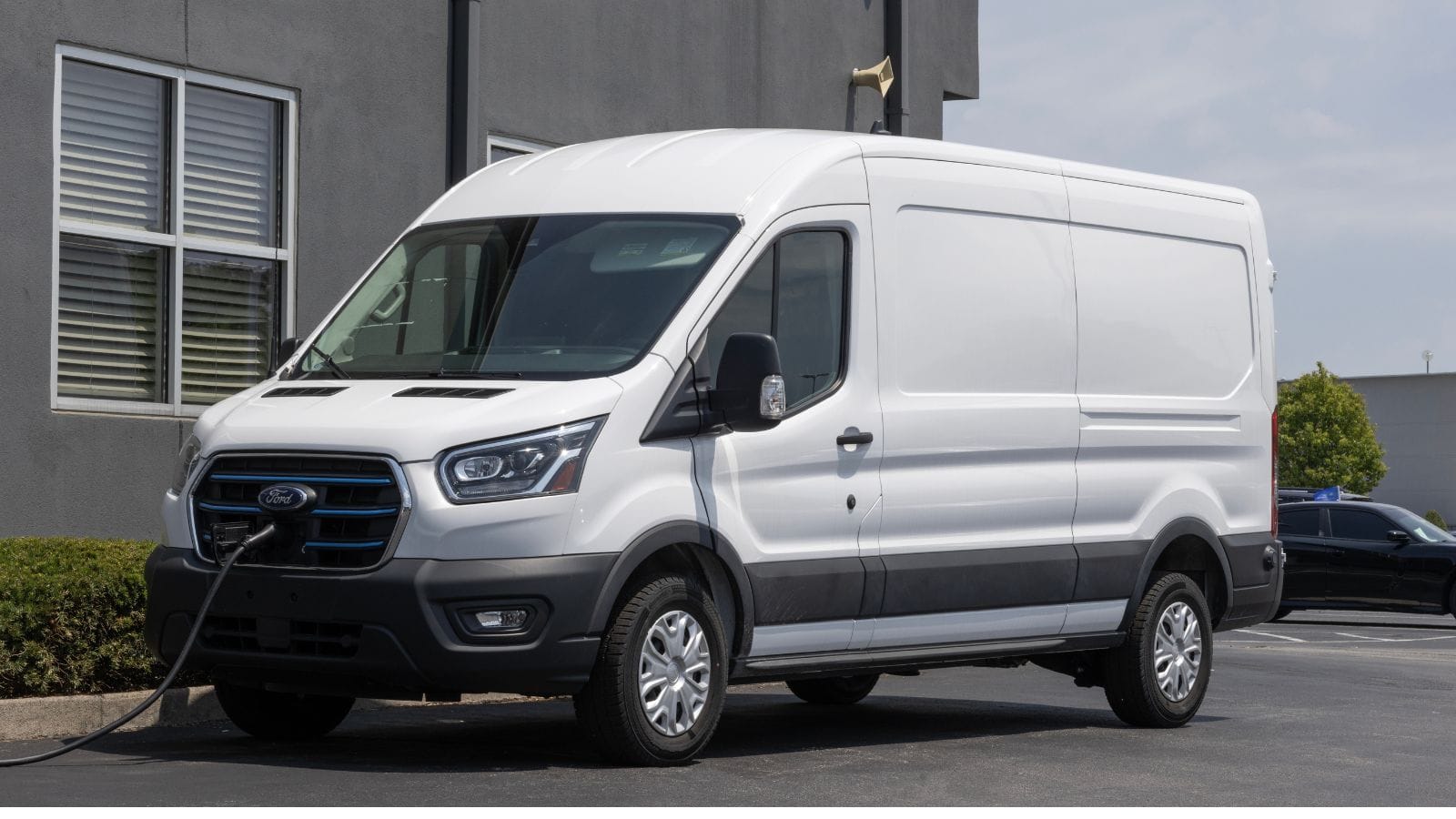
The Ford E-Transit was the ideal solution for businesses seeking to electrify their fleets. But in Canada, the realities of weather, charging infrastructure, and geography have slowed adoption. Many tradespeople and small business owners in rural or mixed climates find the limited range of just over 200 km impractical for daily operations. Add in the lack of AWD and high upfront cost, and even government rebates haven’t been enough to push these units out the door.
Nissan Ariya (FWD variant)
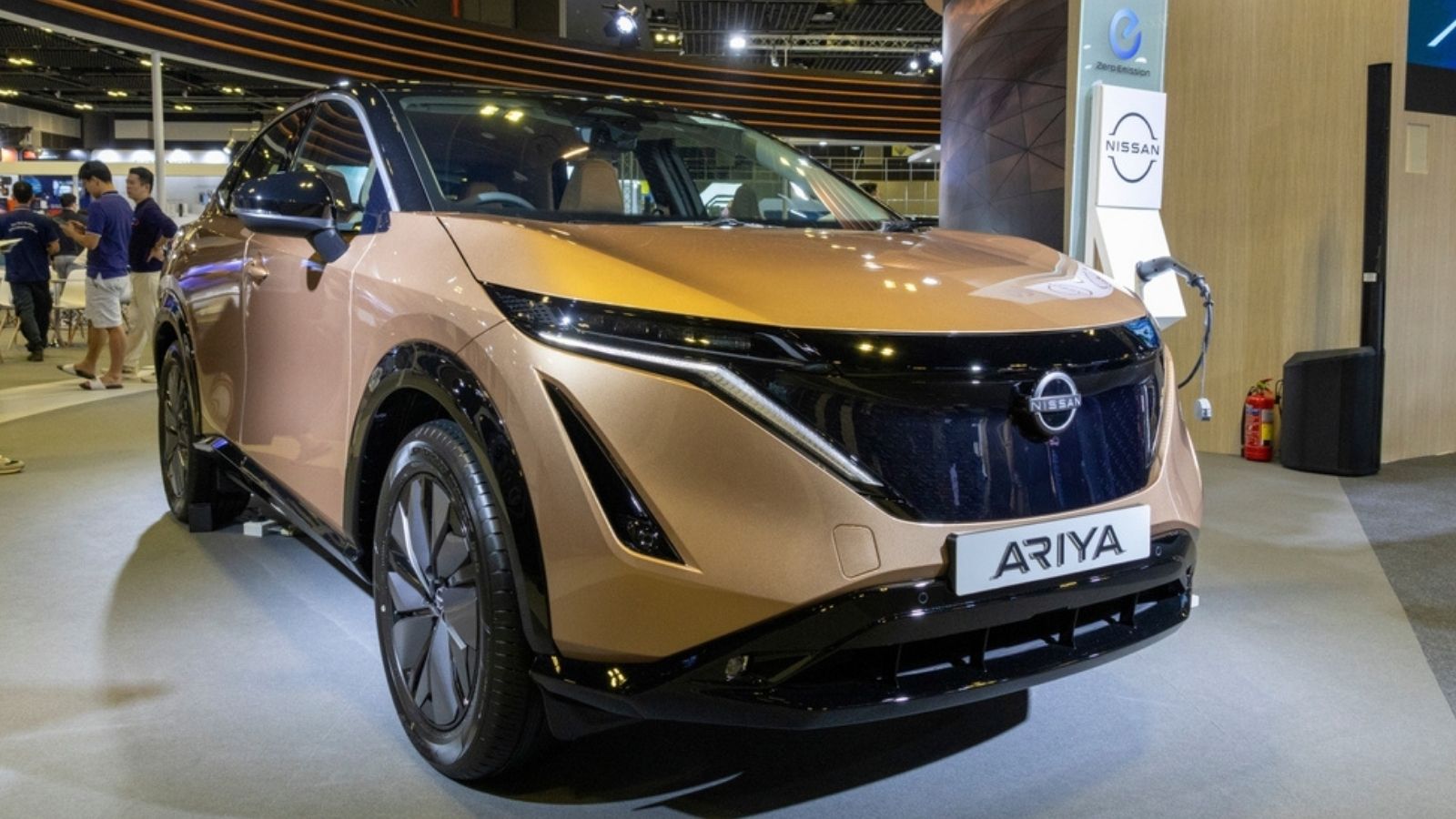
The Nissan Ariya entered Canada with a sleek design and strong marketing, but the front-wheel drive (FWD) version hasn’t excited buyers. Priced at just under $55,000, the FWD Ariya offers only 348 km of range and lacks the winter handling capabilities many Canadians require. In a country where AWD is often non-negotiable, especially outside major cities, the FWD configuration is seen as a compromise. Canadians want more than just looks, as they seek traction, durability, and performance.
Mercedes-Benz EQB

Luxury EV shoppers in Canada appear reluctant to embrace the Mercedes-Benz EQB. While it technically checks many boxes as a compact SUV with three rows and premium features, the execution hasn’t inspired confidence. The cabin feels more entry-level than luxury, and the modest range of under 400 km is a dealbreaker for long-distance Canadian drivers. Even loyal Mercedes customers appear to be holding out for better alternatives, such as the EQE SUV. Combine that with limited marketing, fewer available units, and stiff competition from Genesis and Audi, and the EQB is turning into a rare sight on dealership floors.
Genesis GV60
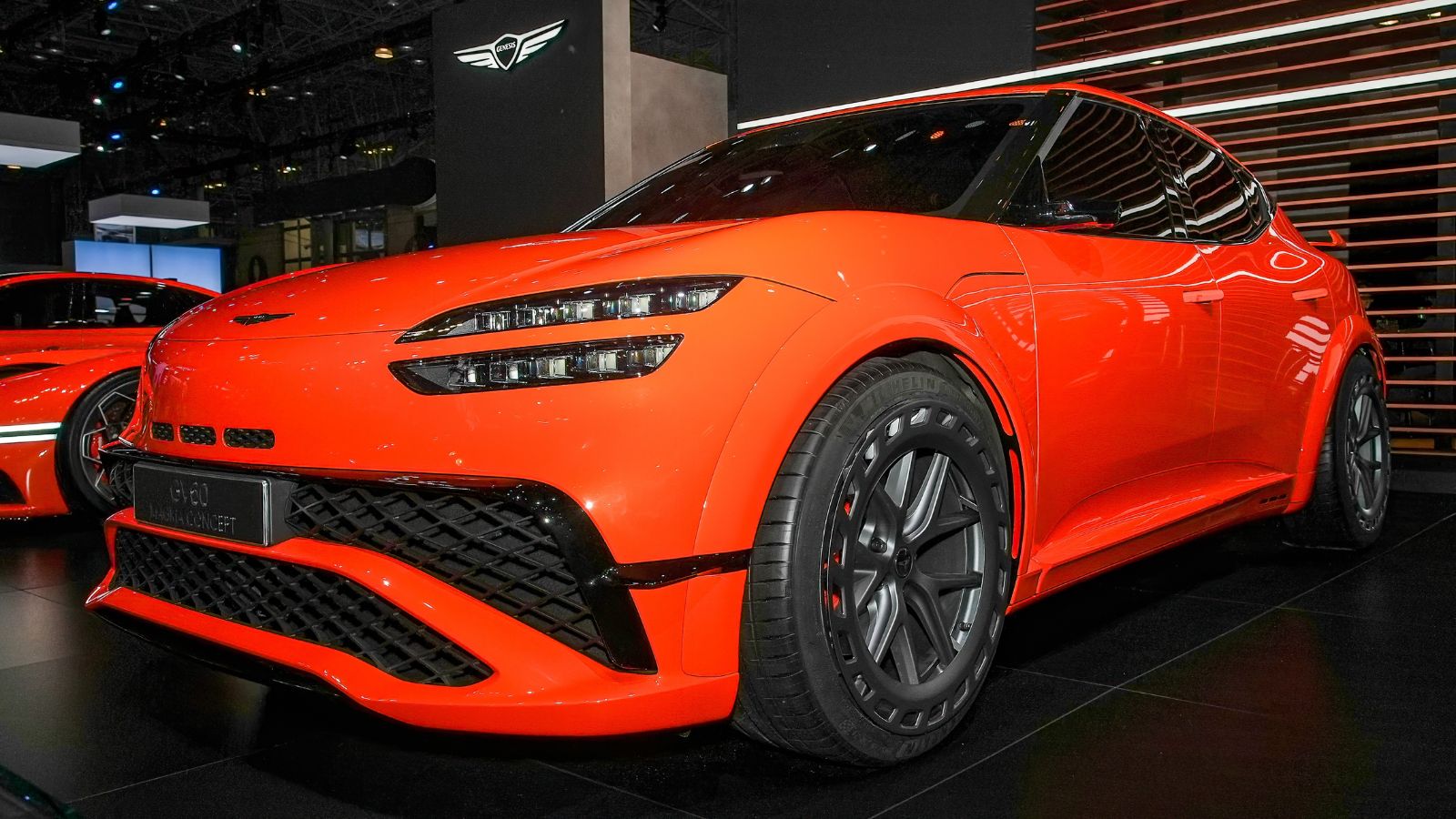
The Genesis GV60 offers luxury, speed, and a futuristic design—but at a price point nearing $75,000, it is out of reach for most Canadians. While the brand is gaining recognition, it doesn’t carry the cachet of BMW or Mercedes-Benz. The GV60’s coupe-like styling also limits cargo space and practicality, which is something Canadian families often prioritize. Despite strong specifications of up to 429 hp and a range of over 400 km, sales have lagged. It is seen as a niche luxury EV that doesn’t fully justify its premium price.
BMW iX1
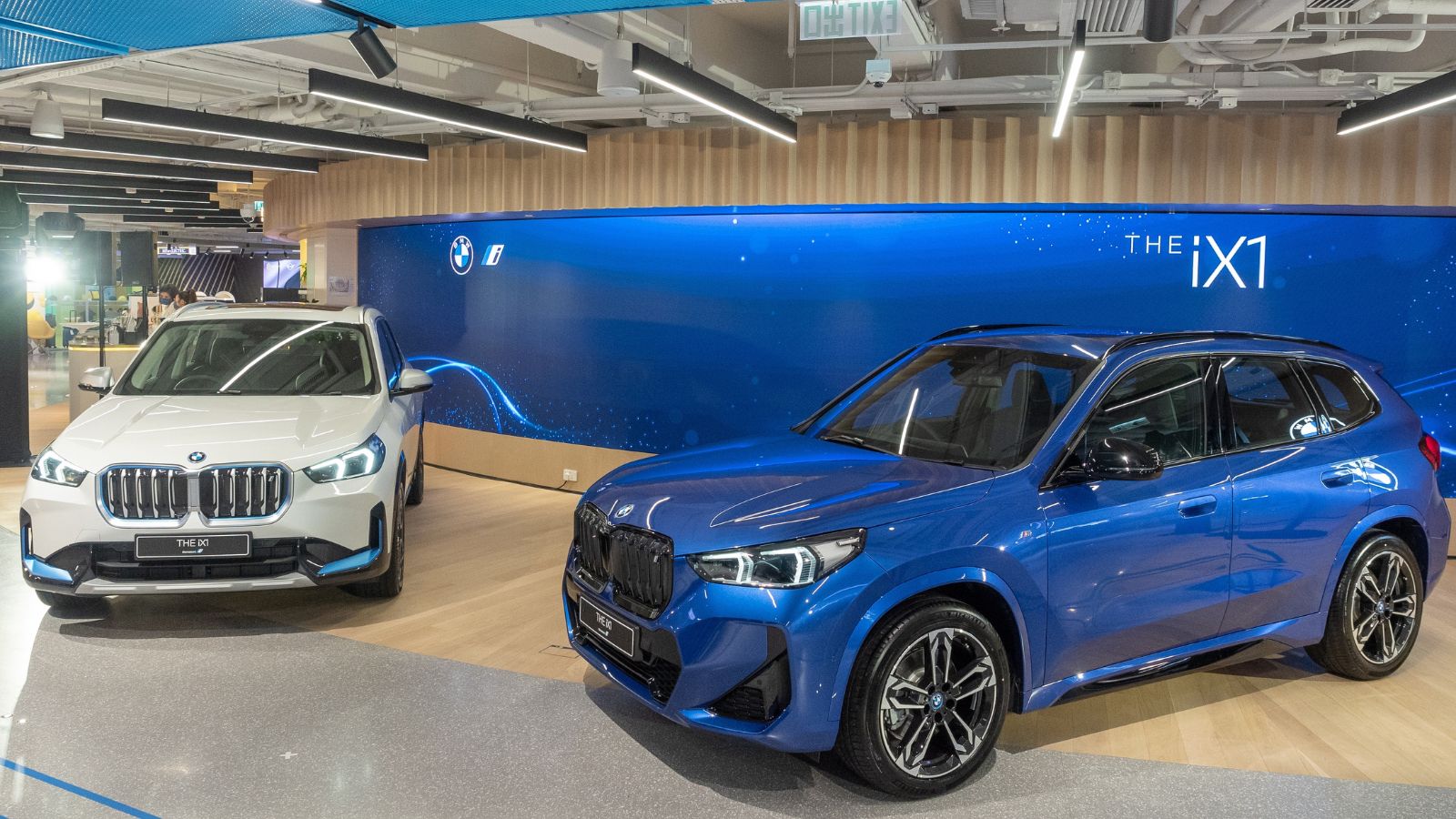
BMW’s compact electric SUV, the iX1, has struggled to stand out in Canada’s crowded premium EV space. With pricing starting over $60,000, it competes with the Tesla Model Y, Volvo XC40 Recharge, and even BMW’s i4. The range is modest, the design is polarizing, and it lacks the performance edge that many expect from a BMW. Add to that a somewhat cramped rear seat and minimal cargo space, and Canadian buyers, especially families, are looking elsewhere.
25 Facts About Car Loans That Most Drivers Don’t Realize

Car loans are one of the most common ways people fund car purchases. Like any other kind of loan, car loans can have certain features that can be regarded as an advantage or a disadvantage to the borrower. Understanding all essential facts about car loans and how they work to ensure that you get the best deal for your financial situation is essential. Here are 25 shocking facts about car loans that most drivers don’t realize:
25 Facts About Car Loans That Most Drivers Don’t Realize
